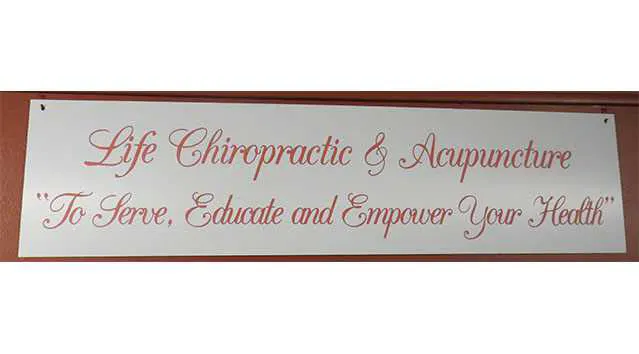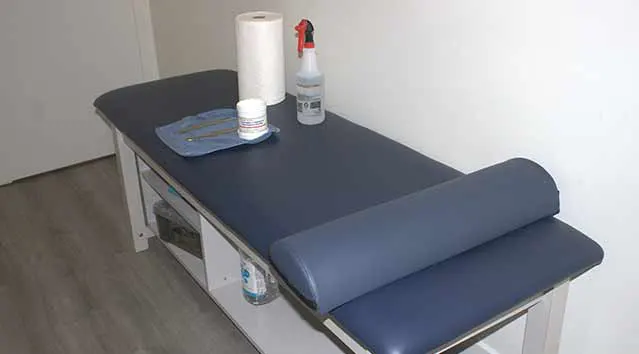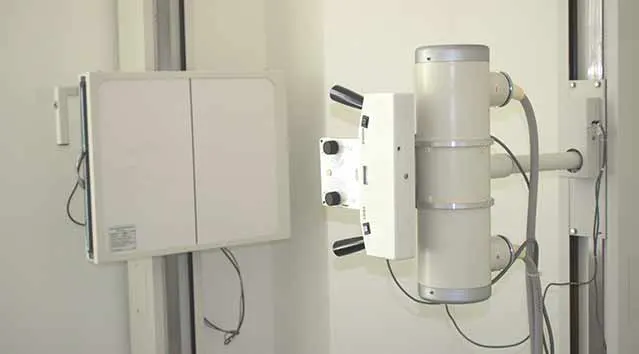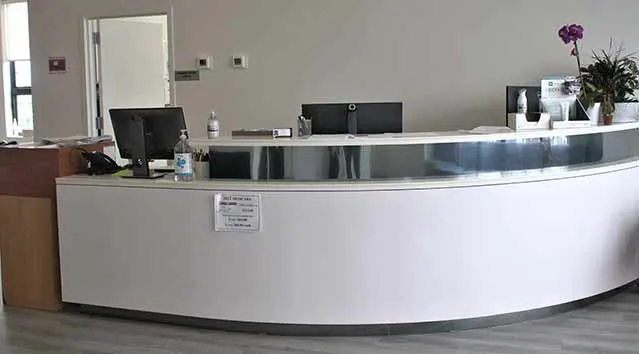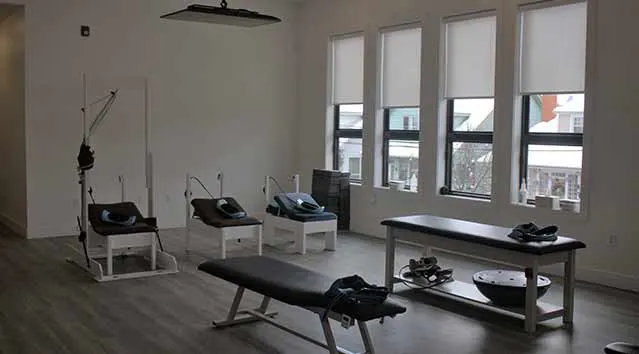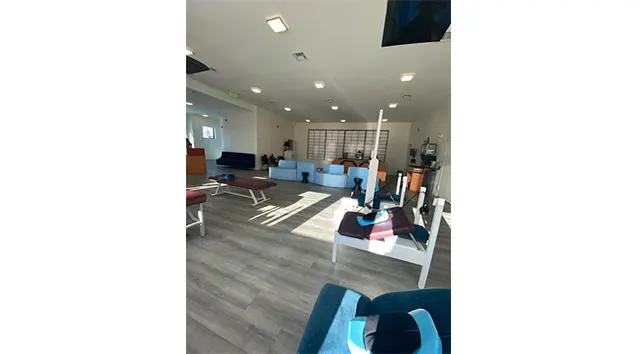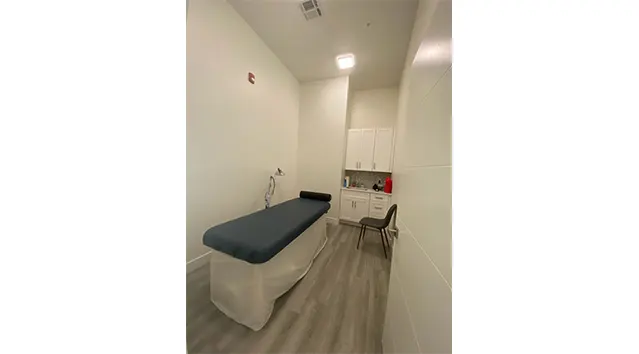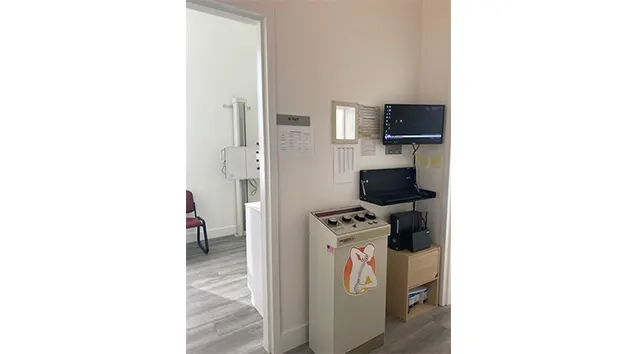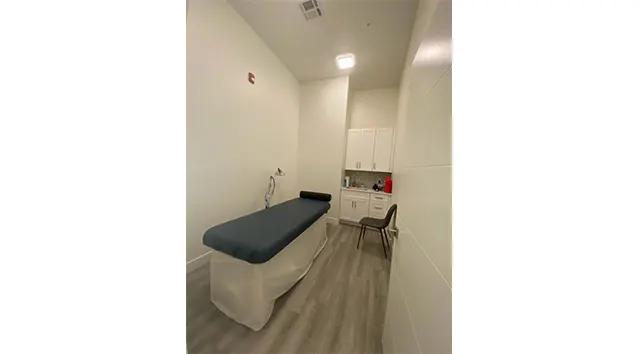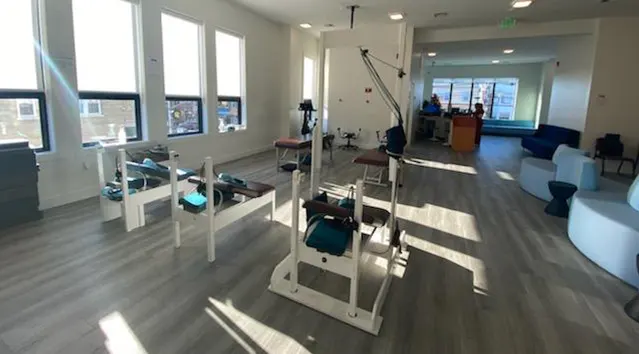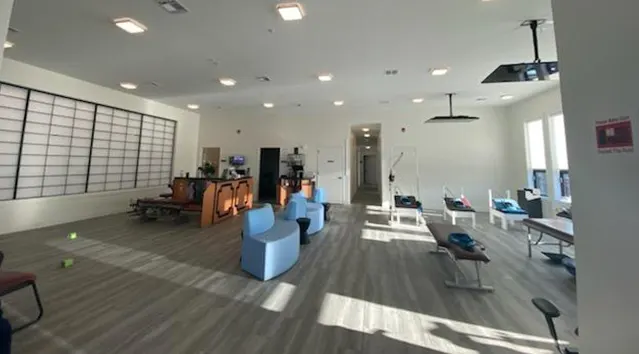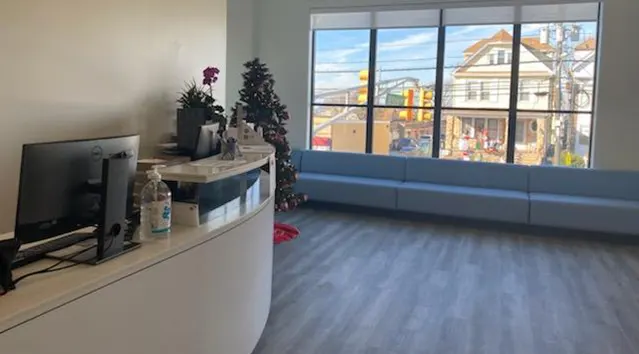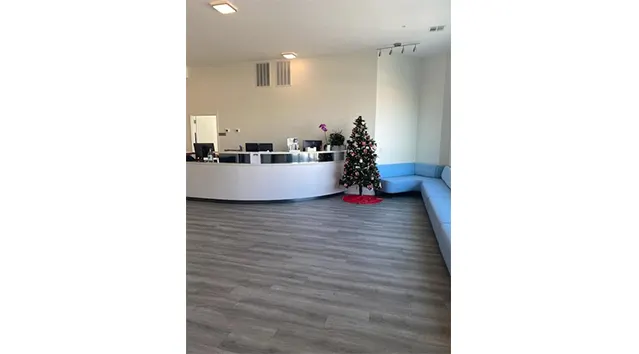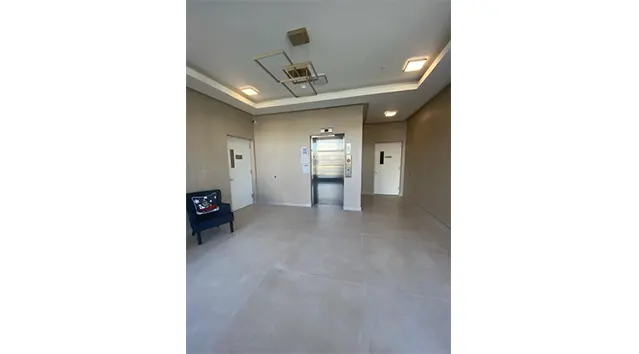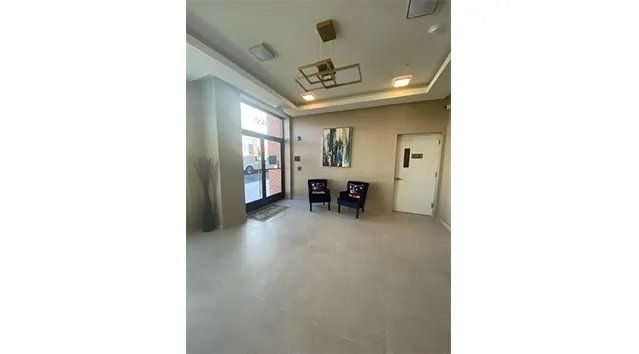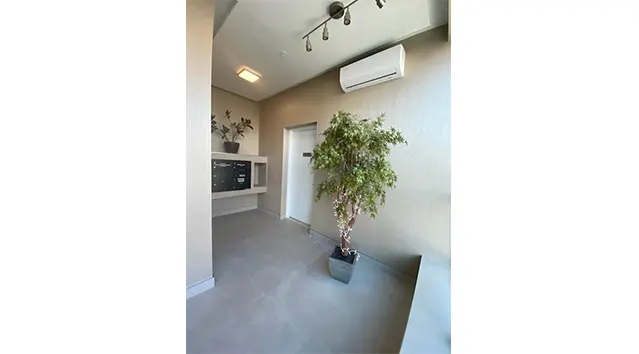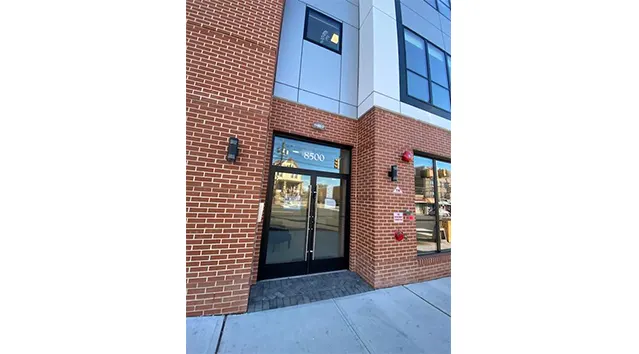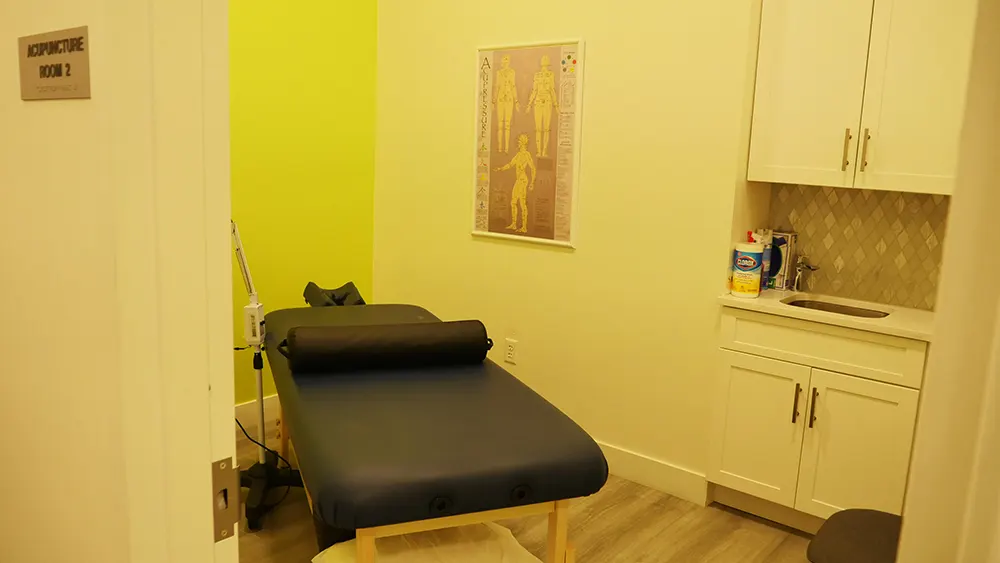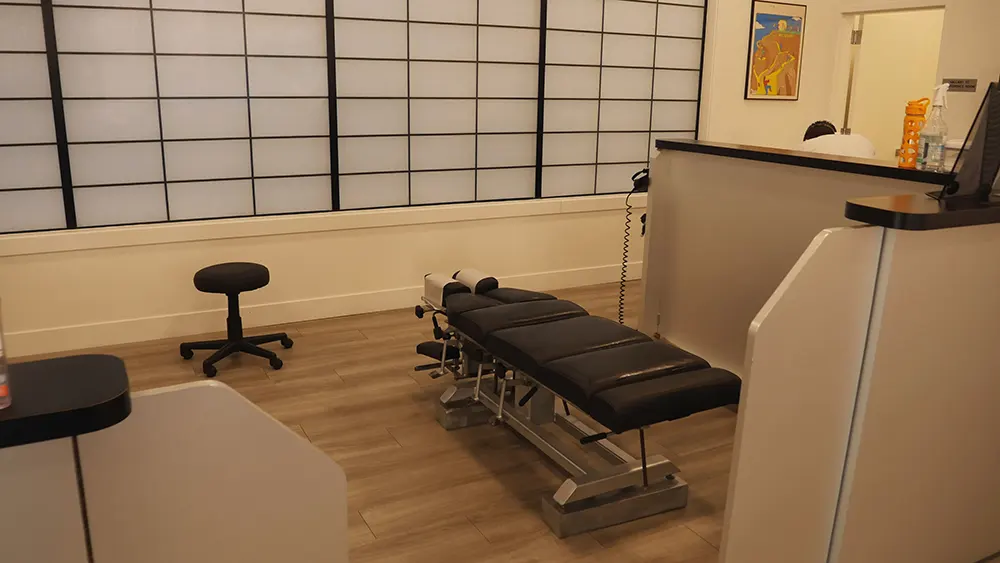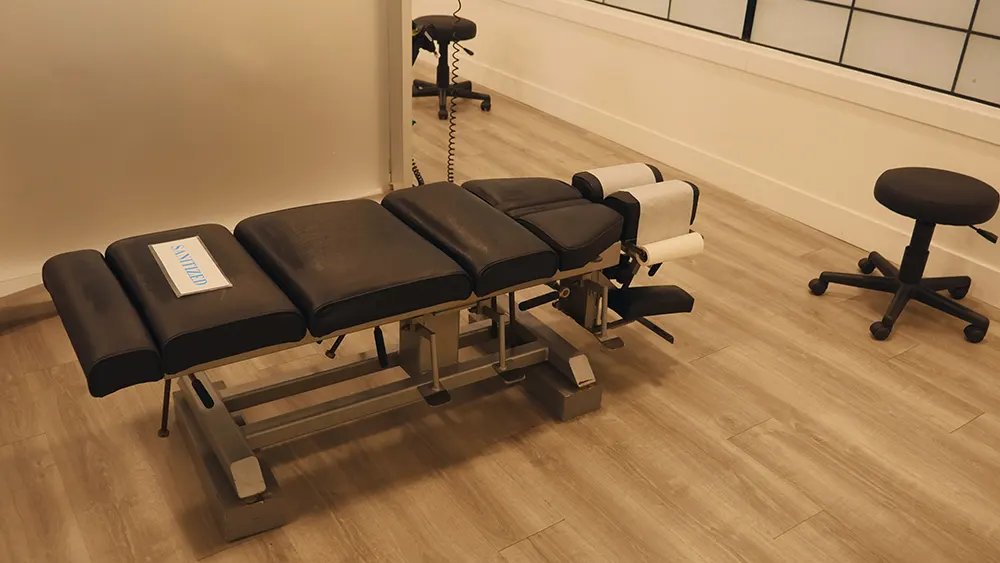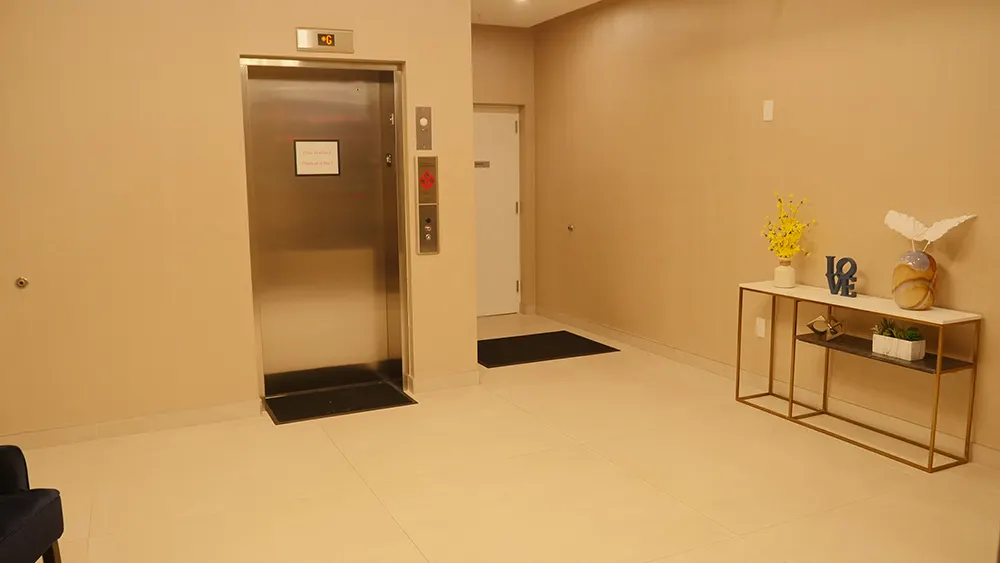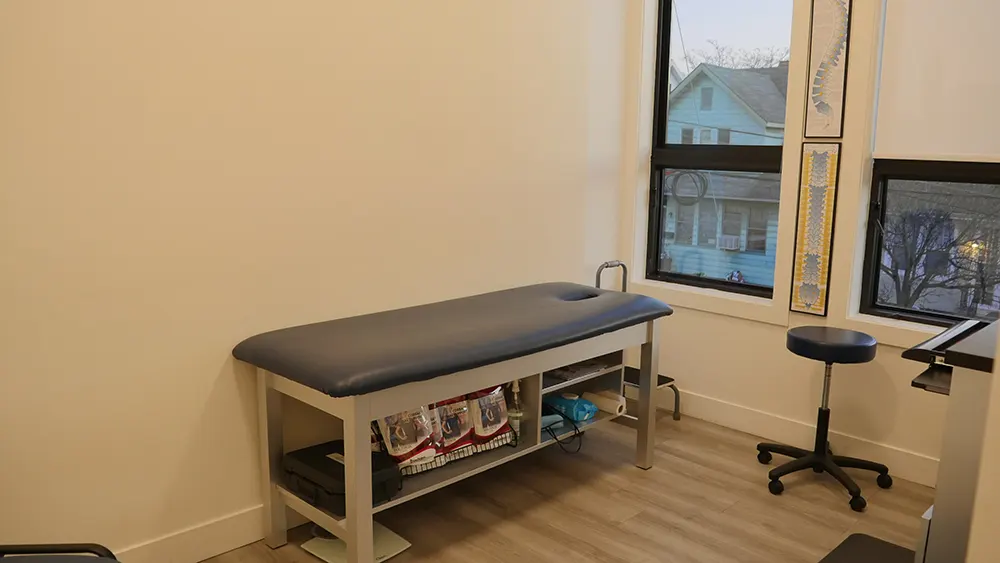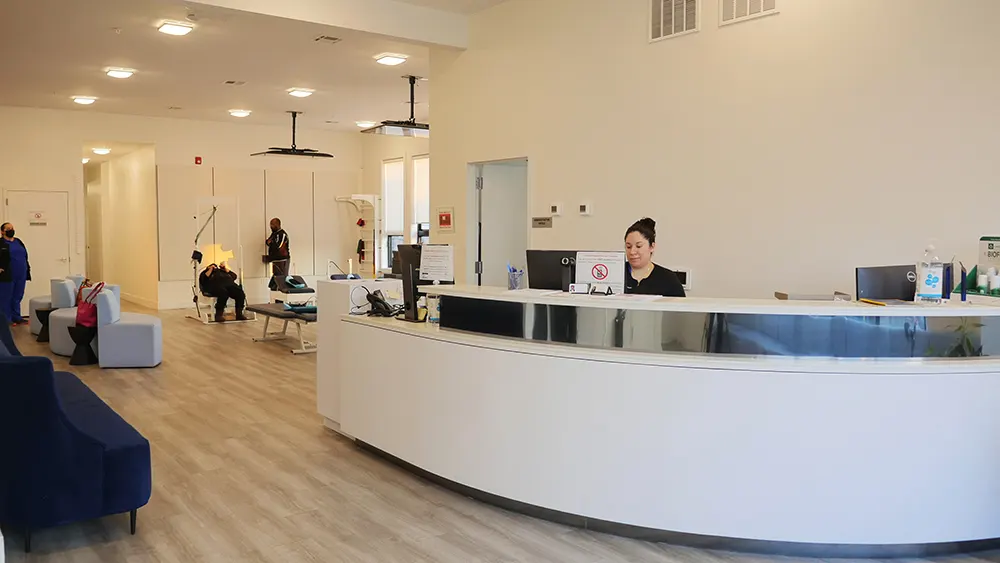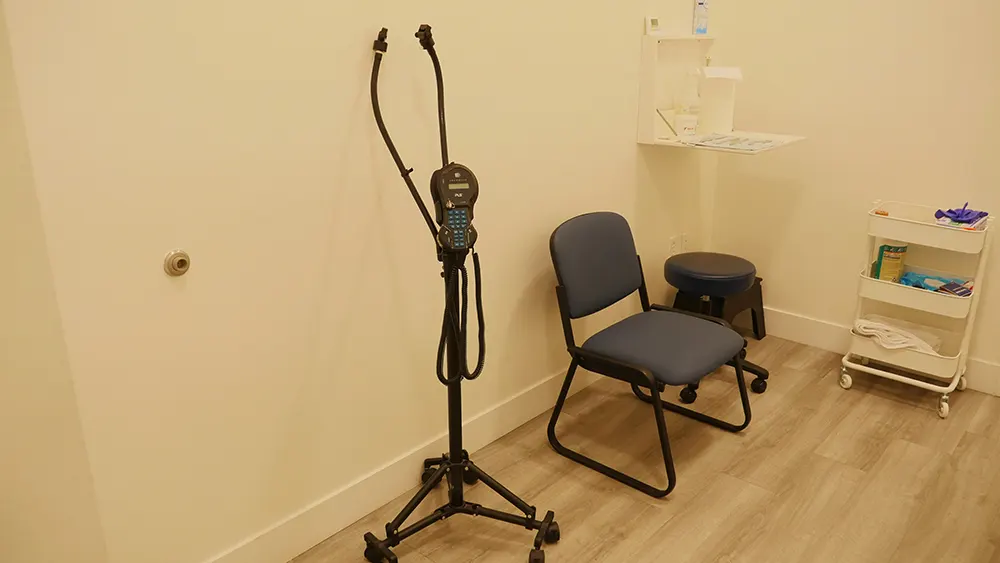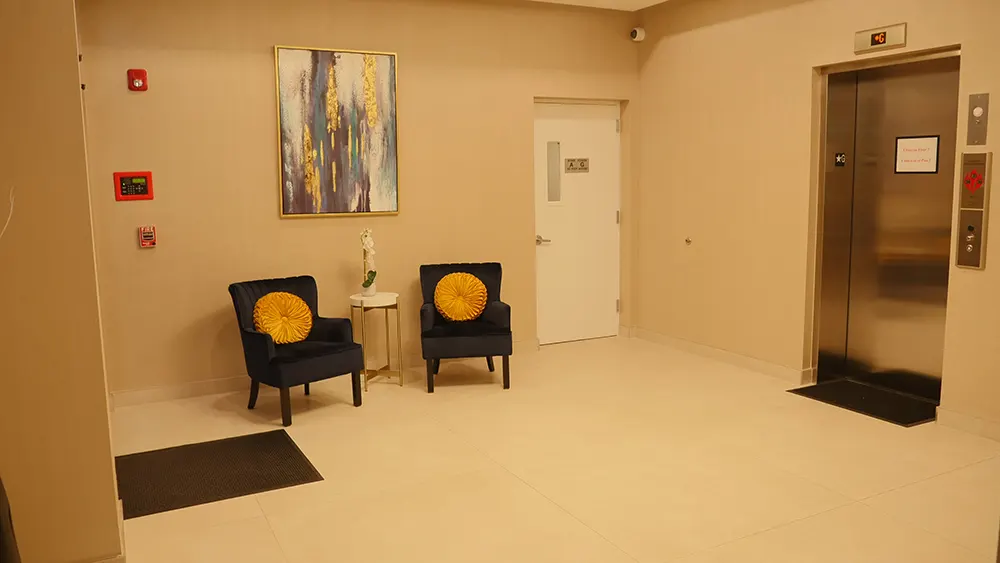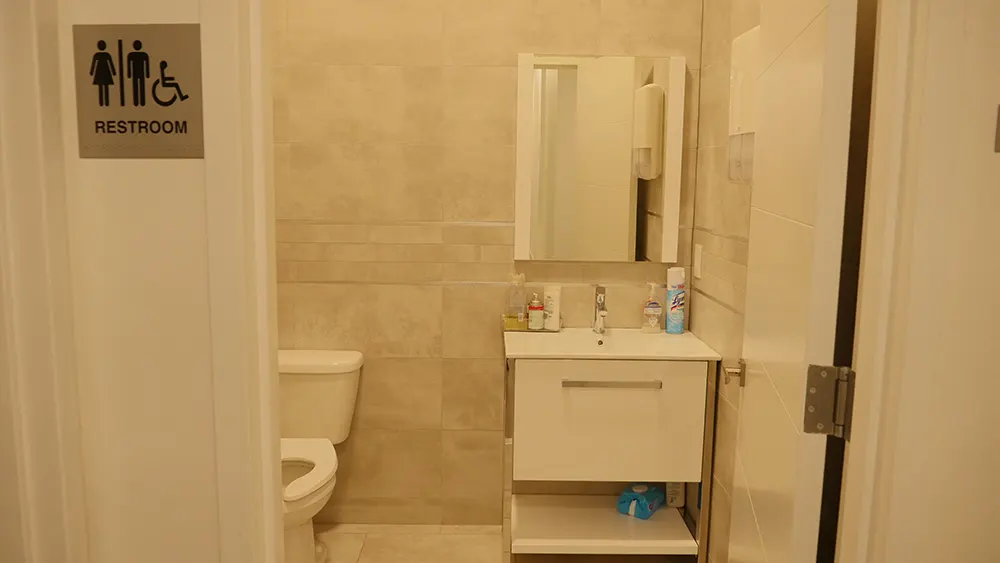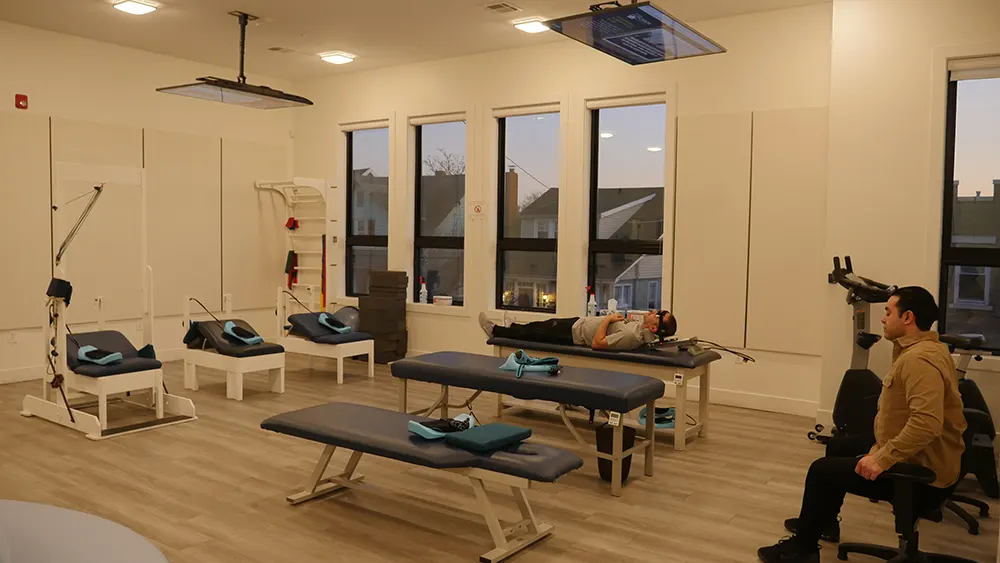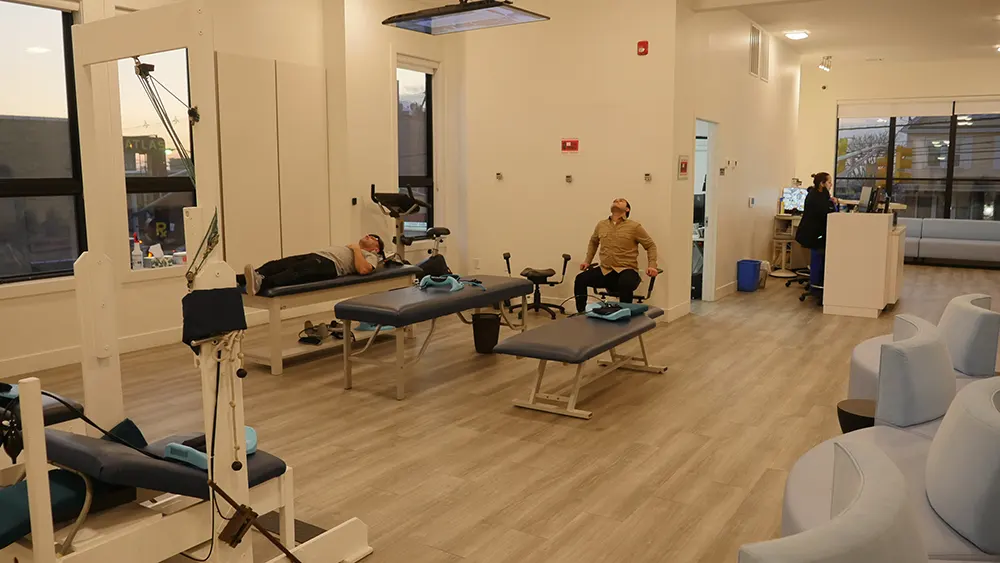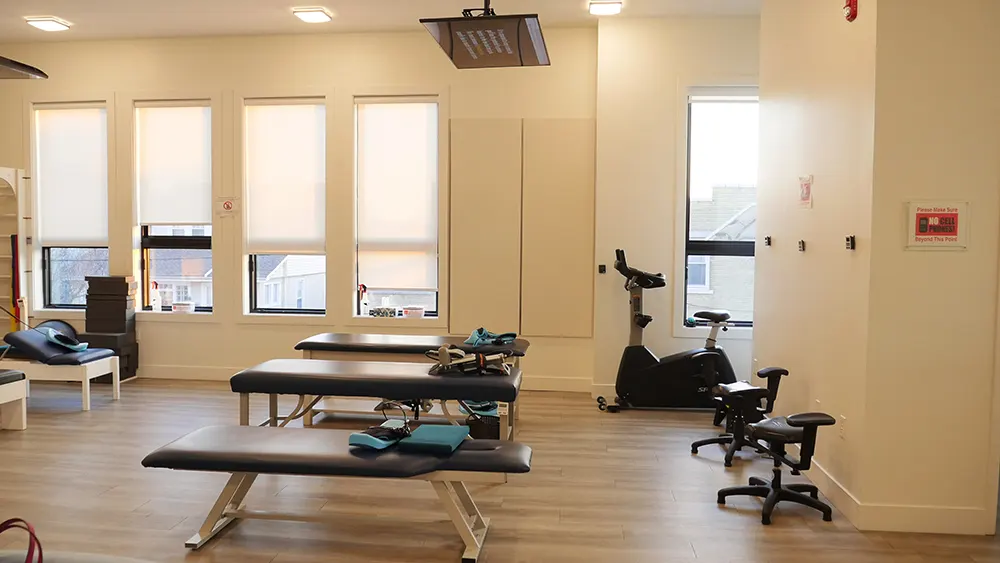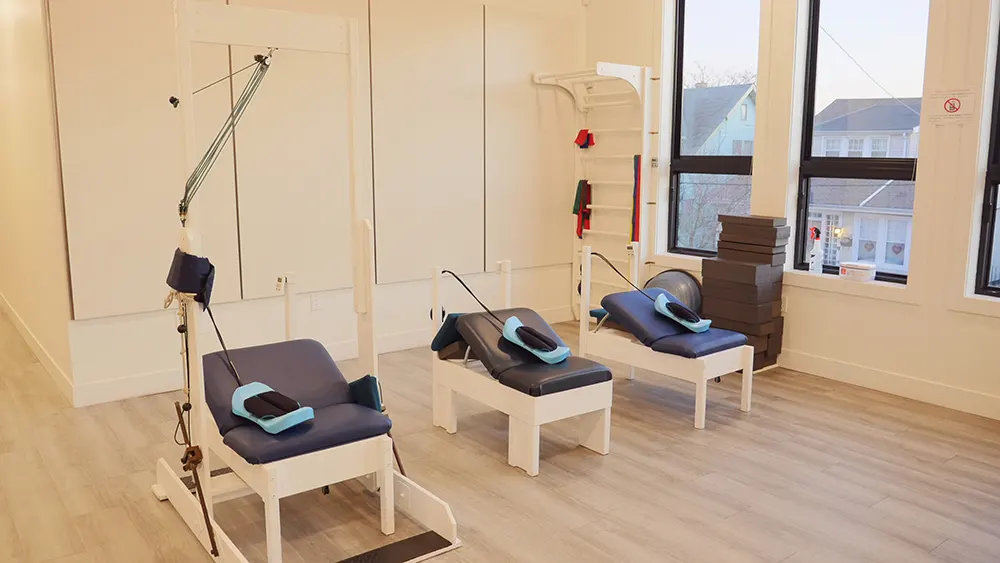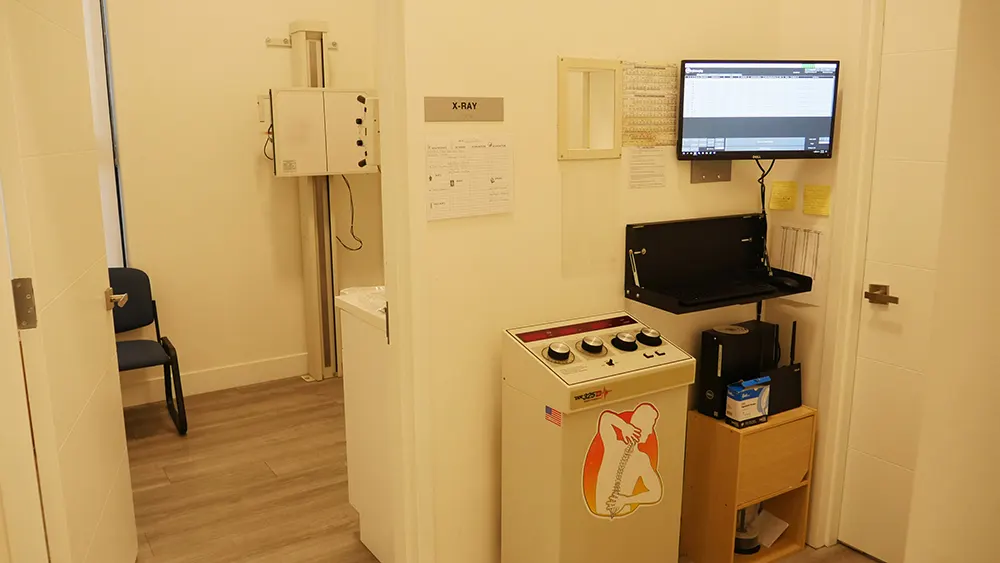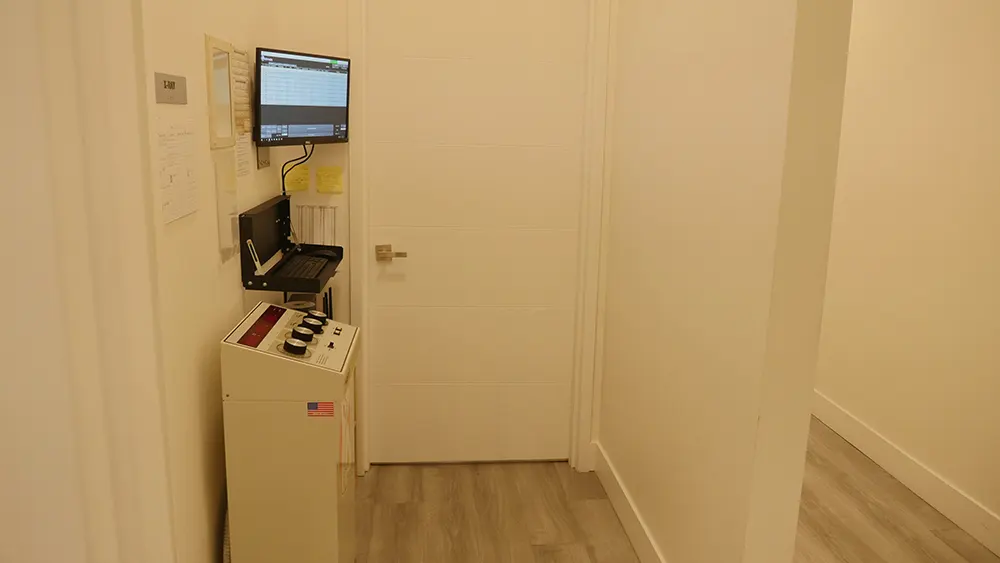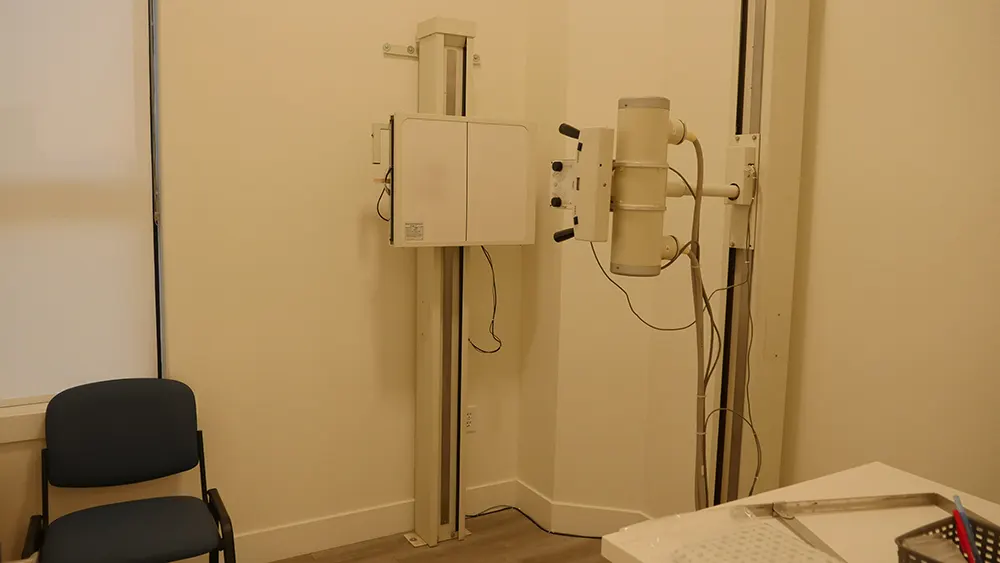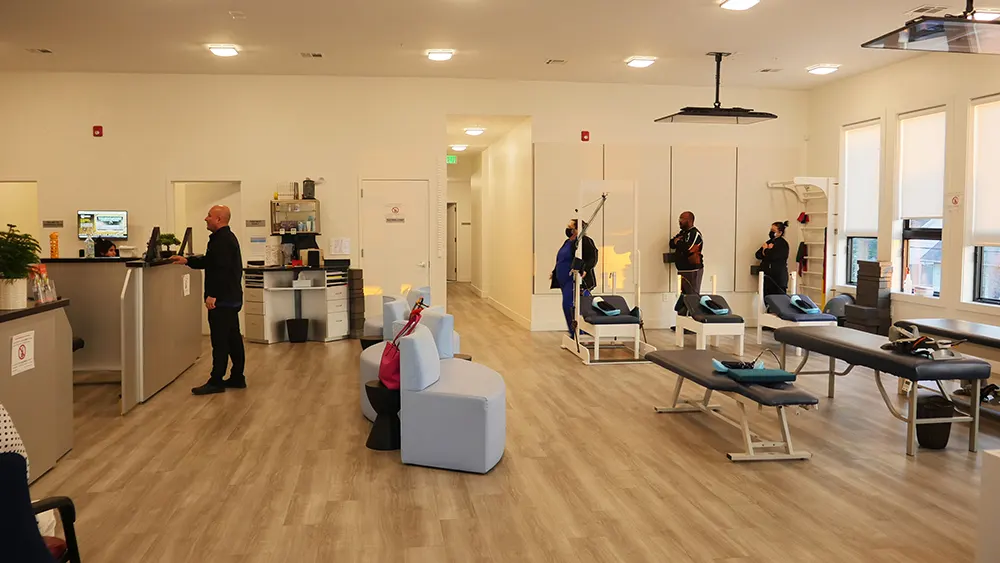Dr. Alex Hernandez from Life Chiropractic and Acupuncture would like to talk a little bit about how an MRI can diagnose a herniated disc. In the video, we have some discs models, and the reason for discussing this topic is that many people injure their discs and have what we call "disc herniations". So we’re going to talk about what that is, how we can help you, and how MRI fits into all of this.
So discs are like a rubbery cartilage structure that alternate with the bones in the spine: disc, bone, disc, bone, etc. We’re going to take this model apart and look at what happens when we injure our discs. If we look at this structure, this is the disc, and this is the spinal cord, these are the nerves, and you can tell this material has squeezed out to the back, this is herniating and touching the spinal cord. This is where a lot of people get pain. We have another example of a disc, and this one is herniating to the side. This is touching the nerve root, and this also creates a lot of pain. This is what we typically see creating sciatic pain traveling down the leg.
We’re going to take a look here at an MRI, and we’re going to look at the structures. We’re going to look at the bone, we’re going to look at the alternating discs and bones and right off the bat we can tell that these discs are wider, brighter - that means that their healthy. But when we get to this last one, you can see that it’s darker, this means that this disc has gotten injured. You can also see how it’s squeezing out. This is produces big pain and the MRI is wonderful at telling us what area got herniated and how bad it’s pressing the nerves. When we look at it from the bird’s eye view, we can tell what is going on with the bird’s eye view. This tells us what happened to this disc, we’re looking to see where that nerve is being pinched, and as we scroll through the bottom we can see the space is a lot smaller, which tells me that this is where the herniation is, where it’s putting pressure on the nerve.
So at a glimpse, we can really see what’s going on with your disc through an MRI. Here at this office, we have special protocols to help you with disc herniations. Most disc herniations heal well.
For more information, contact us.






